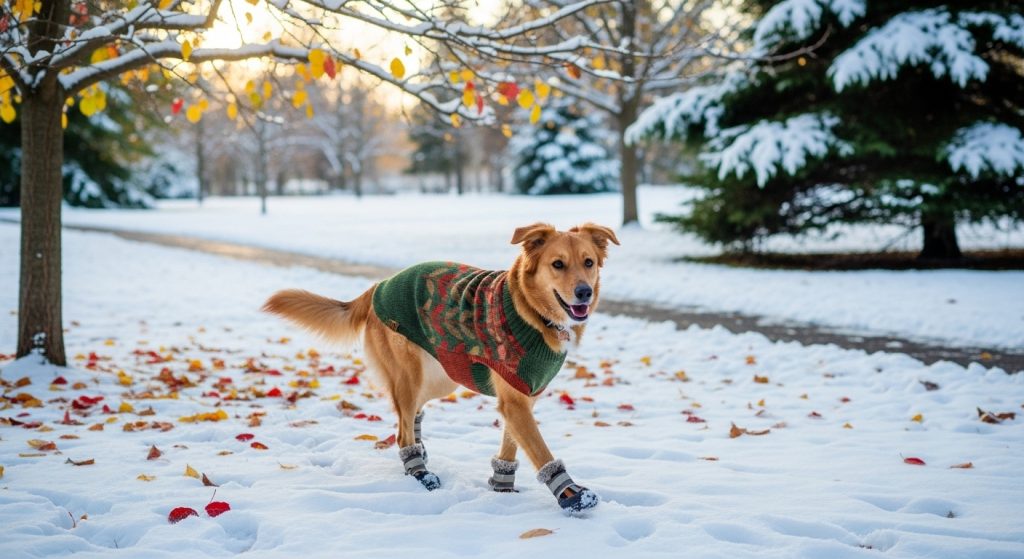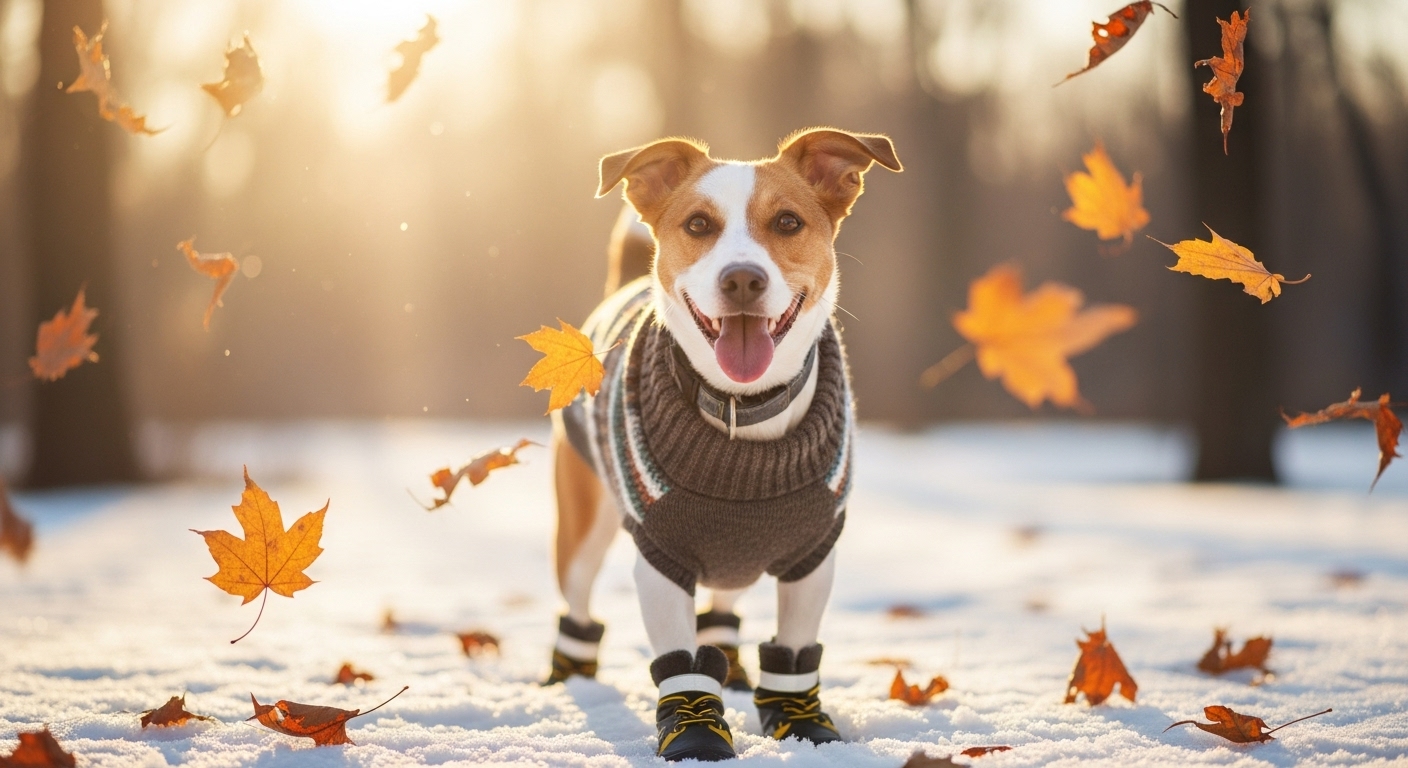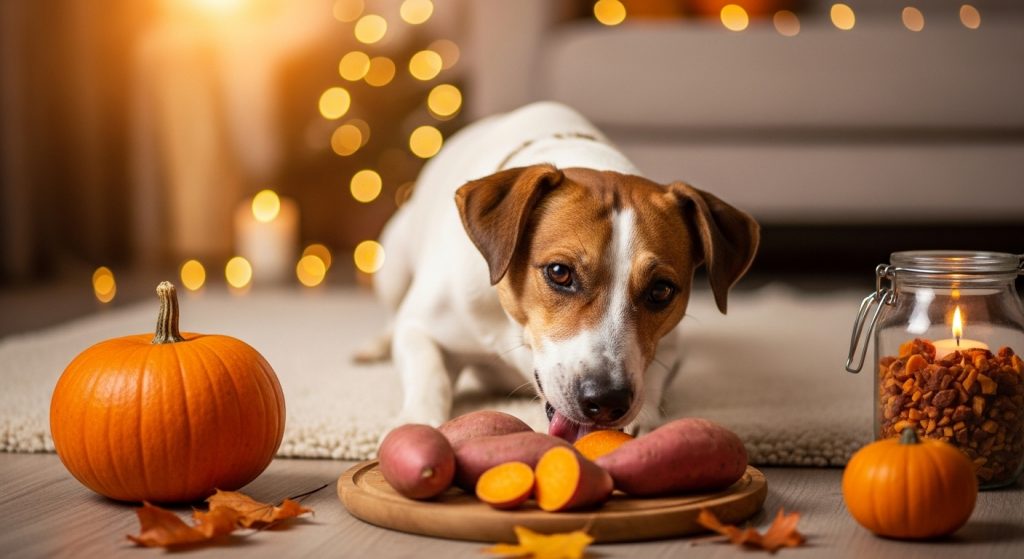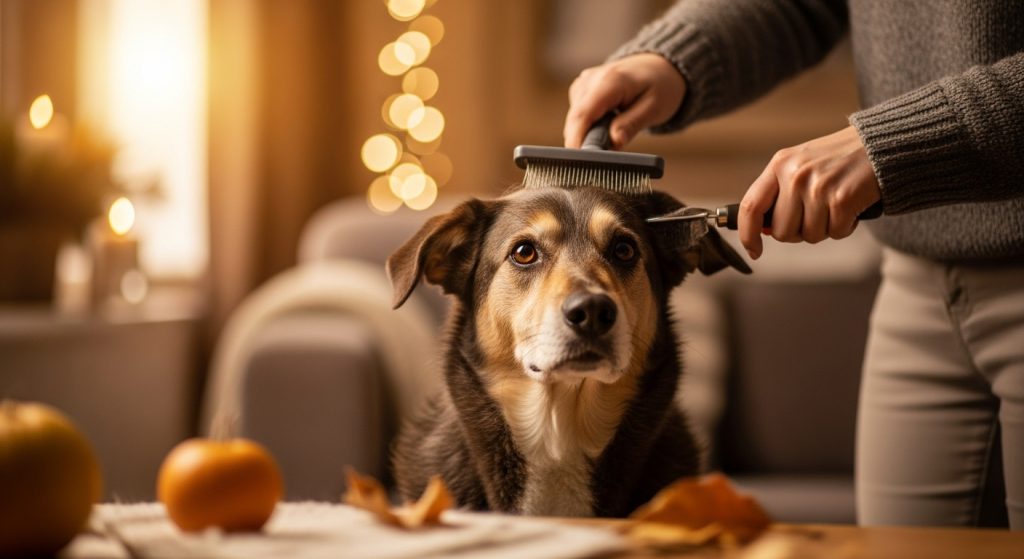Autumn and winter bring a unique set of challenges for dog owners. Shorter days, colder temperatures, and changing weather patterns can significantly affect your dog’s health, behavior, and energy levels. Dogs, like humans, can be susceptible to seasonal illnesses, dry skin, and changes in appetite or activity. As responsible pet owners, it’s essential to adapt your care routine according to the season.
This article offers comprehensive seasonal dog care tips to help your pup stay healthy, happy, and active during autumn and winter. From diet adjustments to grooming routines and outdoor safety, these tips cover everything you need for cold-weather canine care.
Nutrition & Hydration for Colder Months
Nutrition plays a critical role in helping your dog cope with colder temperatures. Dogs may expend more energy to maintain body heat, which means their dietary needs can change as the seasons shift.
Adjust Caloric Intake
Some dogs, especially active breeds or outdoor dogs, may require slightly more calories during autumn and winter. Increasing caloric intake ensures your dog maintains a healthy weight and energy levels. Conversely, less active or senior dogs may need smaller portions to avoid seasonal weight gain. Consult your vet to find the right balance.
Seasonal Diets
Adding seasonal, nutrient-rich foods to your dog’s diet supports immunity and coat health. For instance:
-
Pumpkin: High in fiber, it aids digestion.
-
Sweet Potatoes: Rich in antioxidants and vitamins.
-
Omega-3 Supplements: Help maintain a shiny coat and healthy skin, reducing dryness caused by cold weather.
By integrating seasonal ingredients, you provide both variety and essential nutrients to keep your dog thriving during colder months.
Hydration is Key
Even though dogs may drink less water in the winter, staying hydrated is crucial. Dehydration can lead to urinary tract issues, kidney stress, and decreased overall health. Always provide fresh water, and consider slightly warming it during extremely cold weather to encourage drinking.
Grooming & Skin Care
Cold weather and indoor heating can dry out your dog’s skin, cause itching, or worsen pre-existing skin conditions. Proper grooming and skin care are essential for comfort and health.
Brush More Often
During autumn and winter, dogs often grow thicker coats to prepare for cold weather. Regular brushing:
-
Removes dead hair and reduces shedding indoors.
-
Distributes natural oils, keeping the coat healthy and shiny.
-
Prevents mats and tangles that can irritate the skin.
Moisturizing Paw Care
Cold ground, ice, and de-icing salts can damage your dog’s paw pads. Dog-safe balms and paw wax protect against cracking and irritation. After each walk, check for injuries and rinse paws to remove any salt or chemicals.
Bathing Tips
Frequent bathing in winter can dry out your dog’s skin. Limit baths, and always use gentle, moisturizing shampoos designed for dogs. Warm water helps maintain comfort, but avoid overheating, which can worsen dryness.
Coat Maintenance Tips
-
Trim long fur around paws to prevent ice balls.
-
Keep nails properly trimmed to avoid slips on icy surfaces.
-
Check ears and tails for frostbite if your dog spends significant time outdoors.
Outdoor Safety & Exercise
Even in cold weather, dogs require daily exercise for mental and physical well-being. However, colder months introduce hazards that require extra precautions.
Dress for the Weather
Small breeds, short-haired dogs, and senior dogs are particularly sensitive to the cold. Dog sweaters, jackets, and boots can prevent hypothermia, frostbite, and discomfort during walks.
Avoid Ice & Salt Hazards
Ice can cause slips or cuts, while road salts can be toxic if ingested. Always inspect your dog’s paws after walks, rinse them, and apply paw balm for protection. Avoid walking on ice-covered streets if possible.
Shorter, Frequent Walks
Instead of one long walk, split outdoor activity into several short sessions if the weather is extreme. Indoor activities like tug-of-war, fetch, or puzzle toys can supplement outdoor exercise and keep your dog mentally stimulated.
Seasonal Behavioral Changes
Cold weather can affect behavior: some dogs become more lethargic, while others gain extra energy. Monitor for signs of depression, anxiety, or stress, and adjust routines accordingly. Warm, cozy resting spaces help dogs relax and feel secure during long winter nights.

Autumn and winter don’t have to be challenging for dog owners. By following these seasonal dog care tips, you can ensure your pup remains healthy, comfortable, and happy despite changing weather conditions.
Focus on:
-
Proper nutrition and hydration
-
Grooming and skin care
-
Outdoor safety and exercise
Small changes, like adding seasonal foods, using paw balms, and dressing appropriately for cold walks, can make a significant difference in your dog’s health and happiness.
Taking a proactive approach ensures your dog enjoys every season safely, while you enjoy peace of mind knowing they are protected from seasonal risks.



